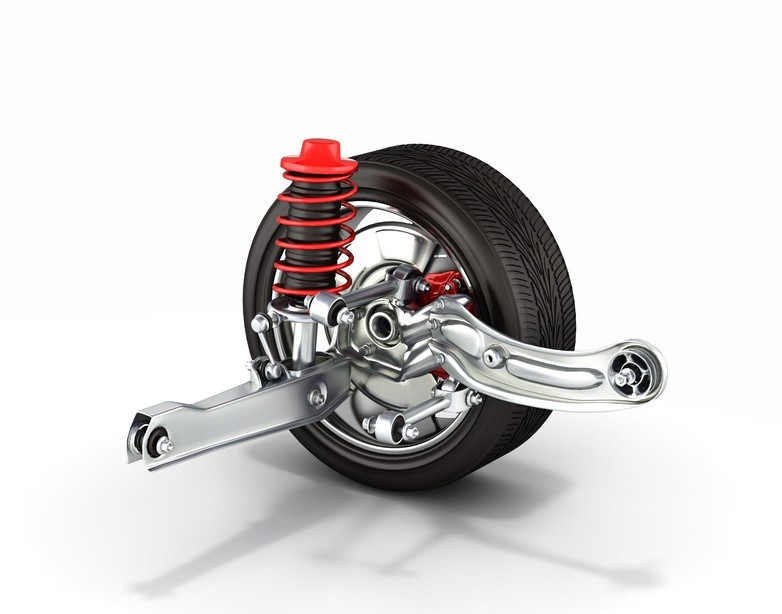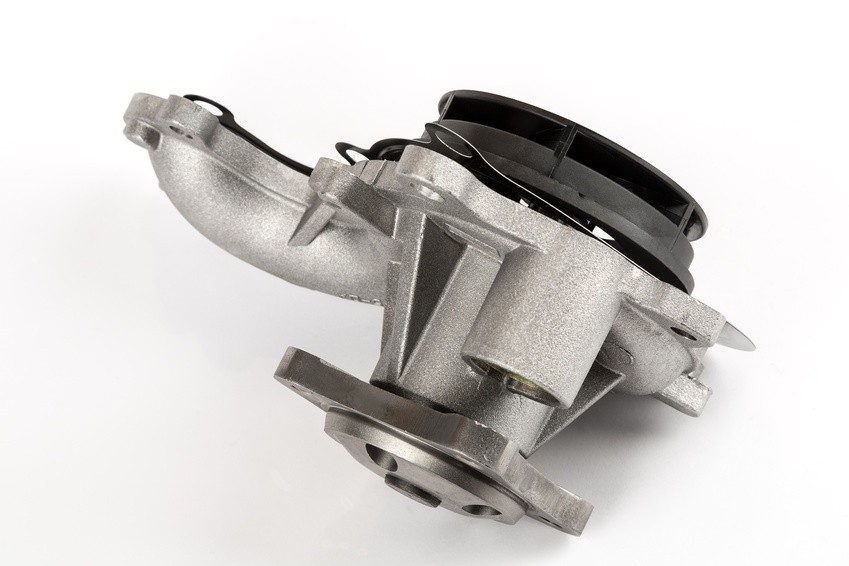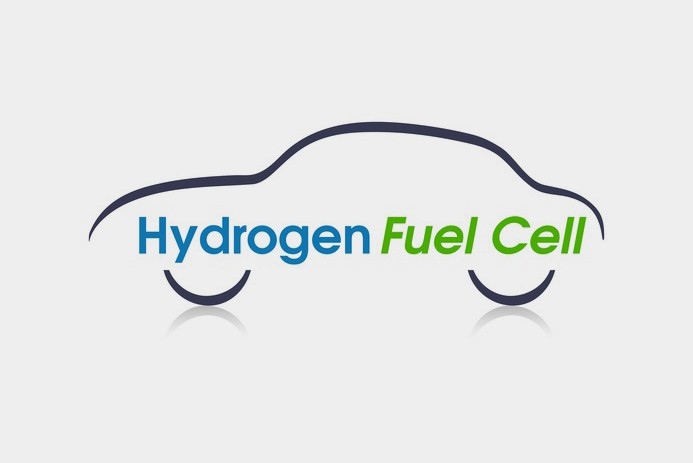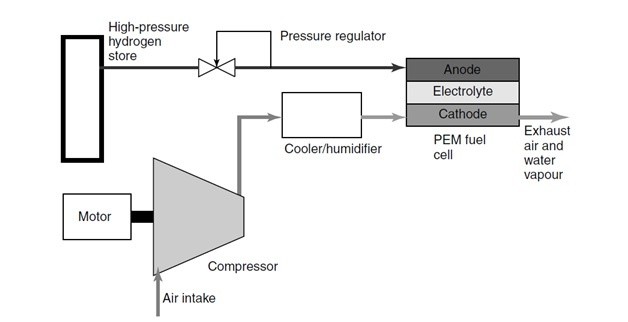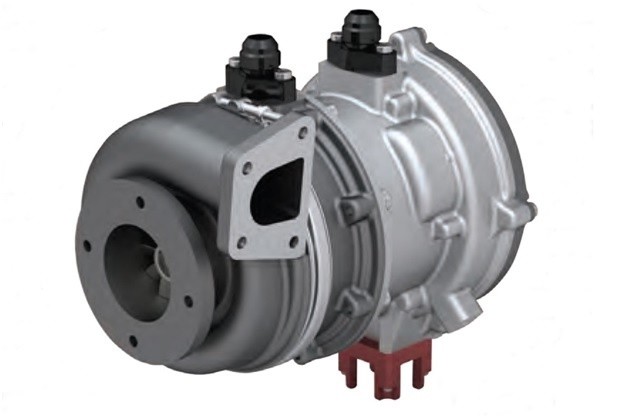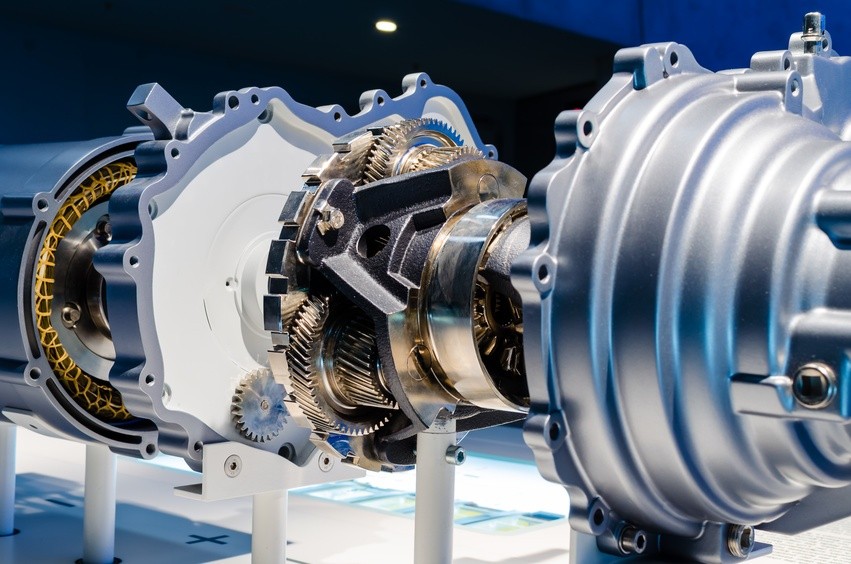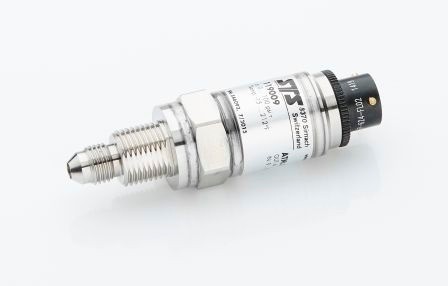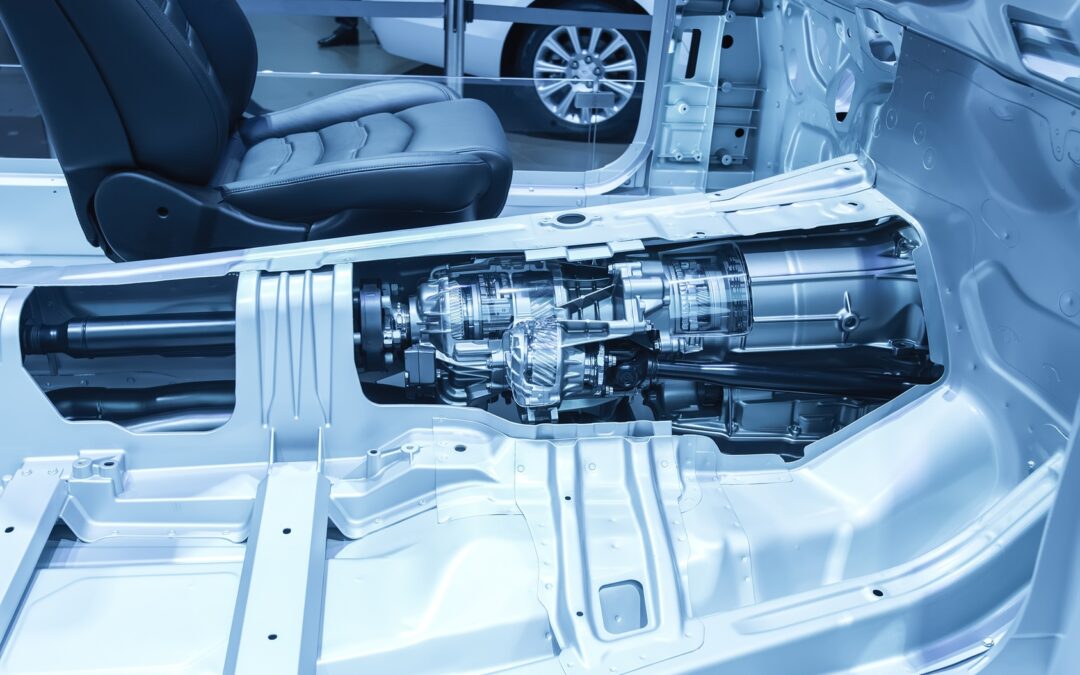
Automatic transmissions thrive under pressure
Although several attempts were made to design a transmission that selected gears automatically, it wasn’t until 1939 that the engineers at General Motors came up with a satisfactory solution; the device was called HydraMatic, and it was the first fully automatic passenger car transmission to reach production, with about 25,000 Oldsmobiles equipped with them being sold.
Nearly twenty-five years later, in 1963, Earl A. Thompson who had been in charge of the group of GM engineers which developed the HydraMatic, received the Sperry Award, in recognition of “a distinguished engineering contribution which, through application, proved in actual service, has advanced the art of transportation whether by land, sea, or air.”
Over the next 75 years, the Automatic Transmission (A/T) gained another five (Or even six) speeds, become electronically controlled and shrunk in size. But after all these years the A/T still relies on hydraulic line pressure to function.
Hydraulic line pressure controls the behavior of the automatic transmission
The valve body is the control center of the automatic transmission. It contains a maze of channels and passages that direct hydraulic fluid to the numerous valves which then activate the appropriate clutch pack or band servo to shift to the right gear for each driving condition smoothly.
Each of the many valves in the valve body has a particular purpose and is named for that function. For example, the 2-3 shift valve activates the 2nd gear to 3rd gear up-shift, or the 3-2 shift timing valve which determines when a downshift should occur.
The most important valve is the manual valve which is directly connected to the gear shift lever and covers and opens various passages depending on what position the gear shift is placed in. When in Drive, for instance, the manual valve directs fluid to the clutch pack(s) that activates 1st gear. It’s also setup to monitor vehicle speed and throttle position so that it can determine the optimal time and force (Dependent on engine load and speed) for the 1 – 2 shift.
On computer controlled transmissions electrical solenoids are fitted to the valve body which direct fluid to the appropriate clutch packs or bands under computer control to more precisely control shift points.
The pressure generated by the oil pump is channeled to mainline, governor, and throttle pressure valves to control and lubricate the transmission. Some of these have been replaced or work together with electronic controls.
- Governor pressure increases with vehicle speed. Older transmissions had mechanical governors that consisted of springs, centrifugal weights, and a spool valve to control this pressure. Governor pressure determines the transmission upshift whilst throttle pressure decides the downshift. Today’s transmissions use solenoids for shift timing.
- Throttle pressure indicates engine load. Some transmissions use a vacuum modulator or throttle linkage to control the throttle valve. Late model vehicles use electric solenoids to achieve the same results.
Transmissions change gears by moving shift valves. Governor pressure works on one end of the valve and throttle pressure aided by a spring operates on the other. When a vehicle first accelerates from a stop, throttle pressure is higher than governor pressure, so the car stays in first gear. As vehicle speed increases, the governor pressure (affected by vehicle speed) increases until it overcomes throttle pressure and causes an upshift.
A downshift occurs when throttle pressure overcomes governor pressure. This is because of the increased engine load. These two pressures control shift valve movement. Shift valves control the reactionary devices (clutches and bands) that drive and clamp members of the planetary gear set.
To achieve a smooth gear-change without excessive “slip” is no mean feat: The pressure, locking one set of bands and releasing another, has to, not only be correctly timed but has to be applied in a manner that gives a firm shift without shock. This is all controlled through the hydraulic line pressure.
During development of the A/T port line pressures are measured in real time and compared to design norms to confirm that design parameters are being met. At the same time, shift times and quality are measured and subjectively evaluated to ensure driveability and performance goals are achieved. This can only be done through highly accurate, quality pressure transmitters such as those produced by STS.
These measurements recorded during development are critical, not only for establishing quality shifts but also for developing unique specifications pertaining to the particular transmission. These are used for fault diagnosis at repair shops.
Keeping pace with the times
With emissions regulations playing a significant role in the development of modern vehicles, manufacturers continue to rethink the design, with an eye on improving efficiencies without detracting from performance.
In one such development undertaken by Korean manufacturer KIA, 143 new technologies were patented during the design of the compact 8AT. This new transmission enables smooth acceleration from a standstill, as well as greater fuel efficiency, improved NVH characteristics, and more decisive acceleration at high speeds than an automatic transmission with fewer gears.
To improve the eight-speed automatic transmission’s fuel economy, KIA engineers significantly reduced the size of the oil pump (the primary source of power loss in an automatic transmission) and simplified the structure of the valve body. Boasting the smallest oil pump of any production transmission in its class, the 8AT is able to use hydraulic oil more efficiently, distributing it evenly throughout the unit at all times.
KIA’s development teams also incorporated a direct control valve body to allow solenoid control of the clutch directly, rather than via several control valves. This enabled KIA to reduce the number of control valves from 20 to 12, resulting in quicker gear shifts, a more direct mechanical link to the engine and improved packaging.
The challenge in this revolutionary approach was to ensure that the smaller pump was capable of supplying sufficient volumes of hydraulic fluid at pressures up to about 20 bar to the various components required for the operation of the A/T.
During developmental tests the mainline pressures were measured under idle and wide open throttle conditions, with the unit at operating temperature, to ensure that the smaller pump was up to the task. Once again, because of the critical nature of the results obtained from these tests only high-quality laboratory certified pressure transmitters were used.
